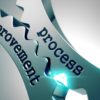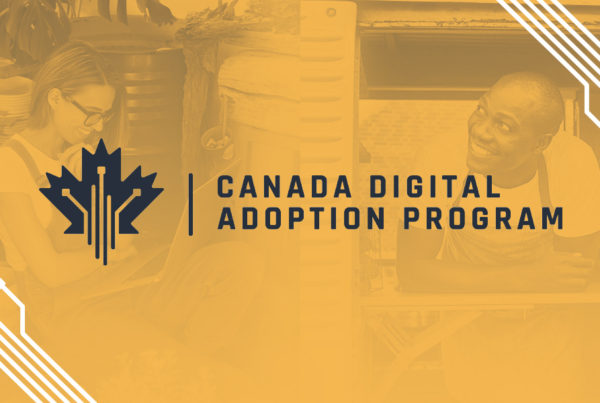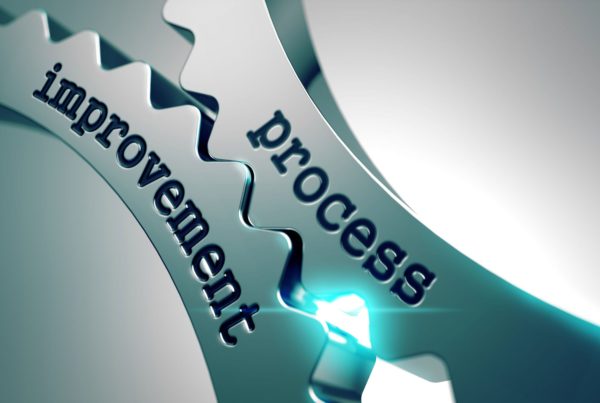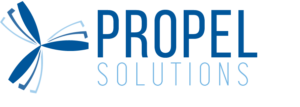Sustainability. We hear that term everywhere. Our economic growth must be sustainable, societal progress must be sustainable, and our food systems must be sustainable. But none of this matters if our existence on this planet is not sustainable.
So how can we help reduce our impact on the planet? Finding ways to reduce your consumption is a fantastic way to begin. Driving less, recycling more, reusing material. You get the hint.
Here is something to consider: if we could make personal choices to reduce our impact on the planet, why wouldn’t organizations want to do the same thing? And how can organizations reduce their impact? By going Lean of course!
As you may know, Lean is the process of increasing customer value while simultaneously reducing the waste produced by processes, and it allows your firm to improve its competitive position and profitability. More importantly for the purpose of this discussion, Lean also enables your firm to achieve its environmental goals – benefiting you and the planet.
Given today’s topic, I will focus on two philosophies in Lean that are synonymous with safeguarding the environment:
- Do things right the first time (No rework or defects!)
- Produce only what you need
The first philosophy is based on achieving quality. Lean first looks to define what quality means. By being a customer-driven methodology, Lean can identify customer demands and clearly define product requirements. This means that the offerings produced by your firm will be more desirable for the market, and there will be a lower probability in your product sitting on the shelves.
Additionally, “doing things right the first time” means that our processes are stable and consistent, producing with high reliability and repeatability. As the stability and consistency of your processes increase, your probability of producing bad or defective units decreases which means that your firm will be able to make maximum use of the resources it takes from our planet.
“Produce only what you need” is based on the notion that you should only produce something if there is a demand for it downstream. Out with the days of producing large batches and storing inventory and in with the days of flexible production, small batches, and minimal inventory. I am of course talking about making the switch from Push Systems to Pull Systems.
There are many ways to establish the use of Pull Systems in your business. Regardless of what tools or methods you use, the critical enabler of Pull Systems is to strengthen the flow of information throughout the supply chain to produce more accurate forecasts, coordinate more seamlessly, and solve problems more quickly to improve the overall system. These lead to reduced inventory levels, decreased resource use, increased quality of goods and processes, and improved responsiveness to market demand.
What’s great about Lean is that it is a proven method in reducing your firm’s footprint in terms of material, energy, and resource use. At the same time, Lean pays dividends in terms of improved cash flow, profitability, and performance. Overall, Lean can allow your firm to reduce its environmental impact while improving your profits! Now that’s what I call a Win-win.
There are numerous cases where small and large organizations made a pledge to reduce their impact and transformed their business. They have been able to improve their bottom line, become more responsive to customer demands, and contribute towards a better future. Please feel free to reach out to me directly if you wanted to speak about how your organization can reduce its footprint and play an important role in safeguarding the environment.








